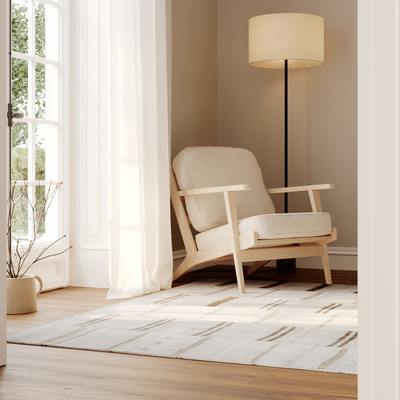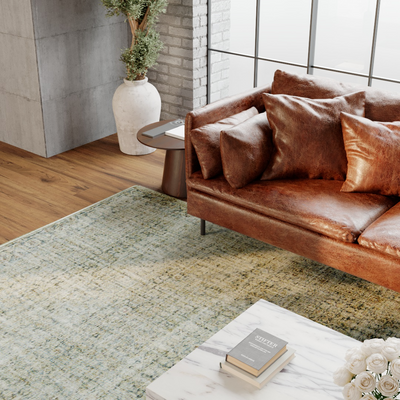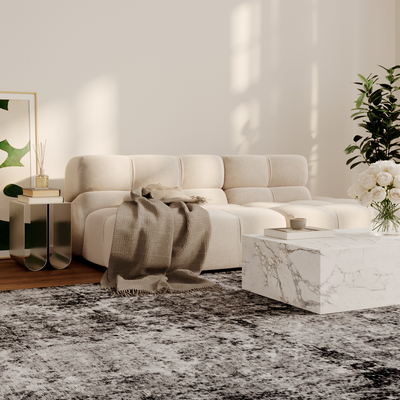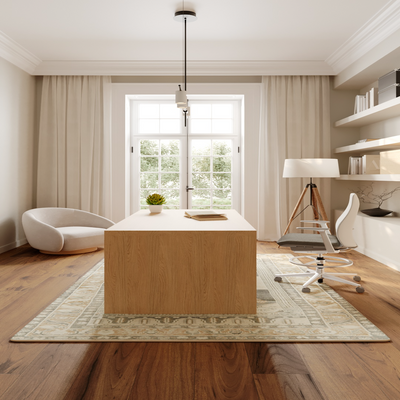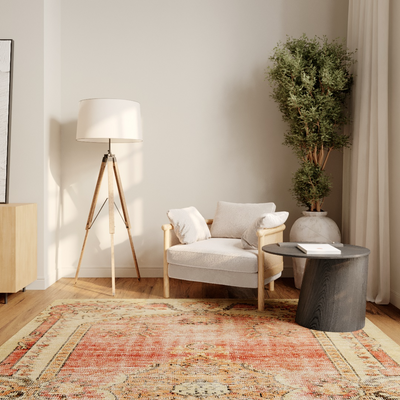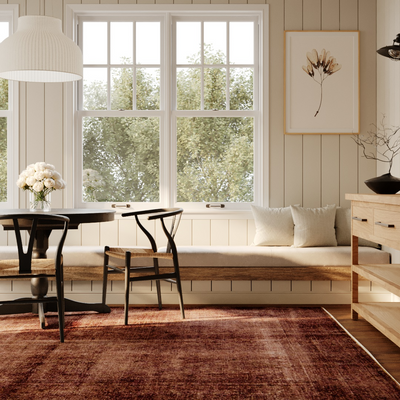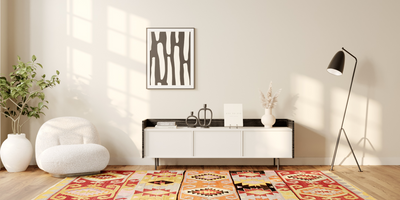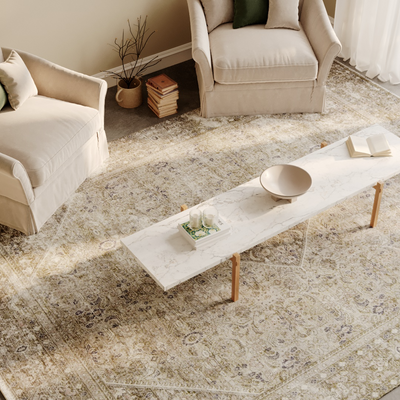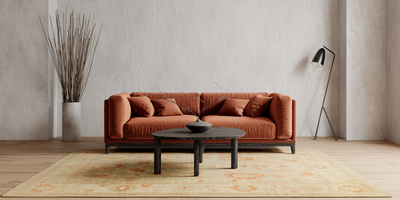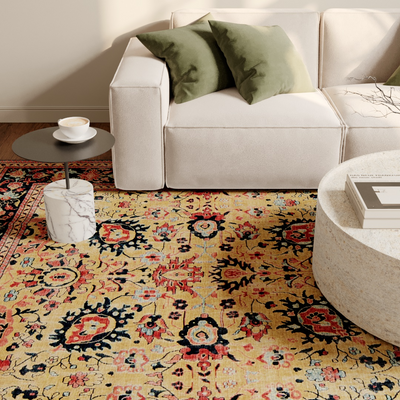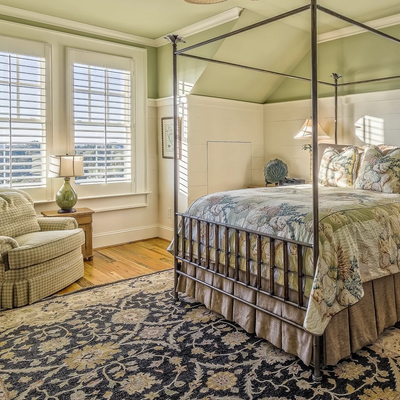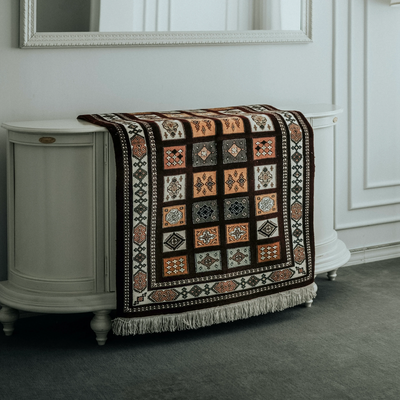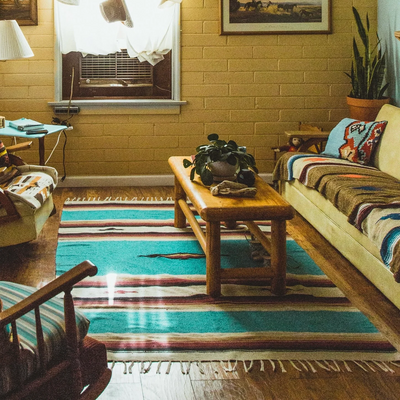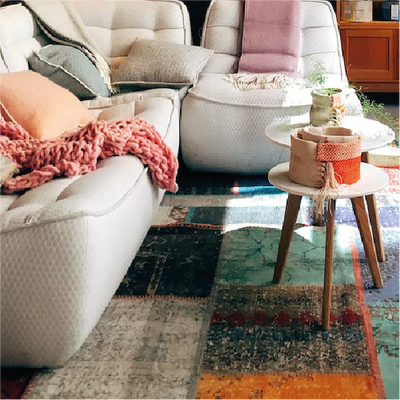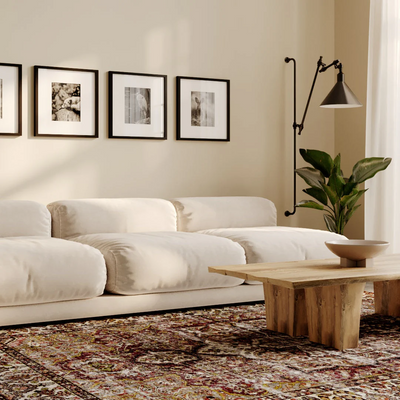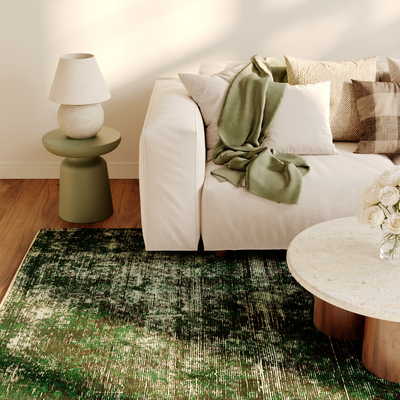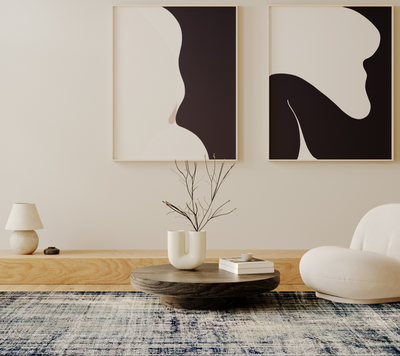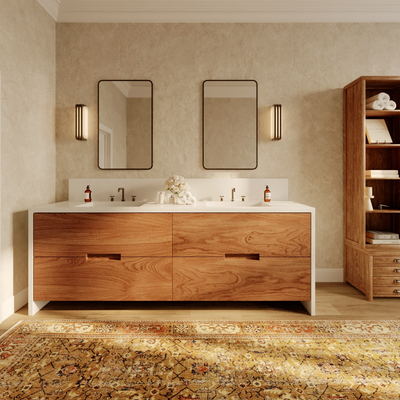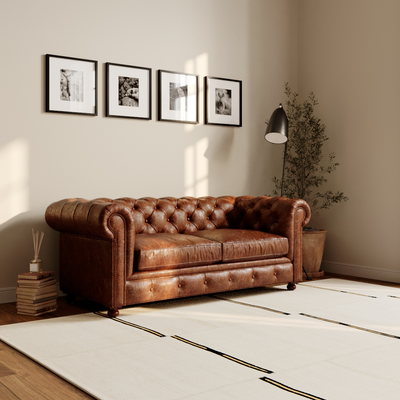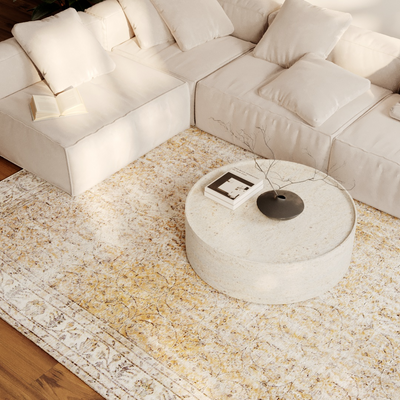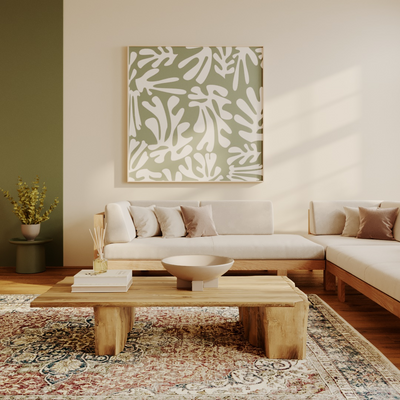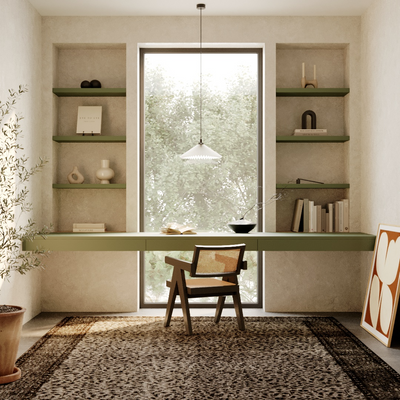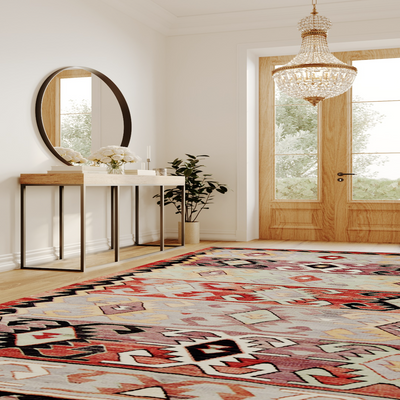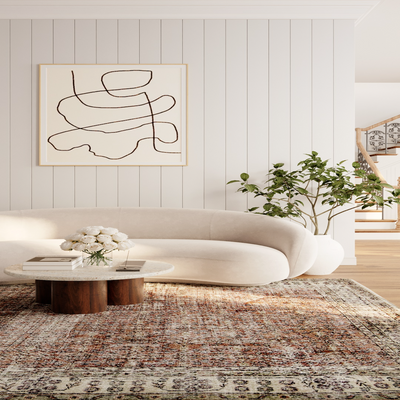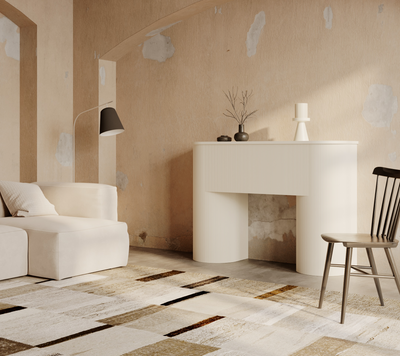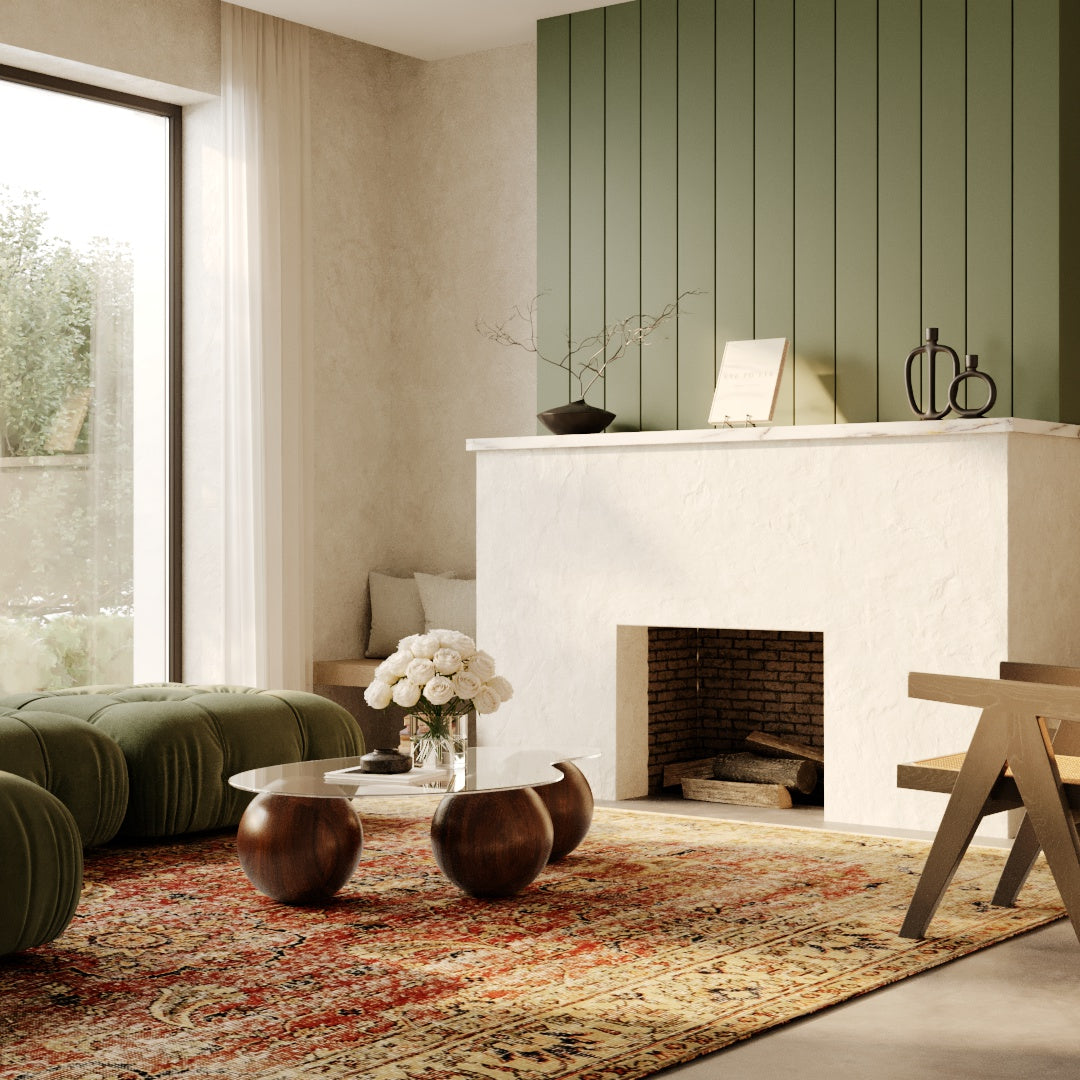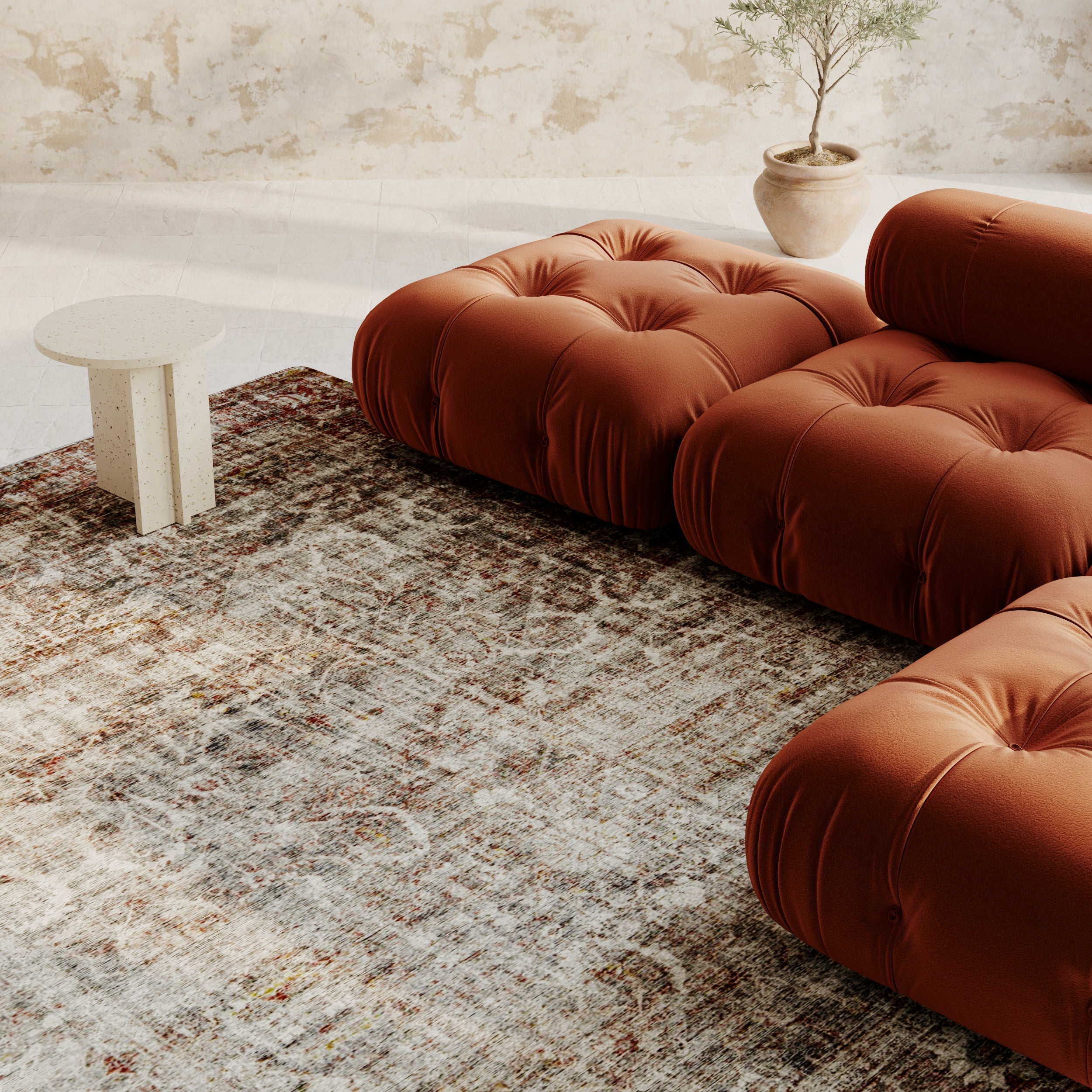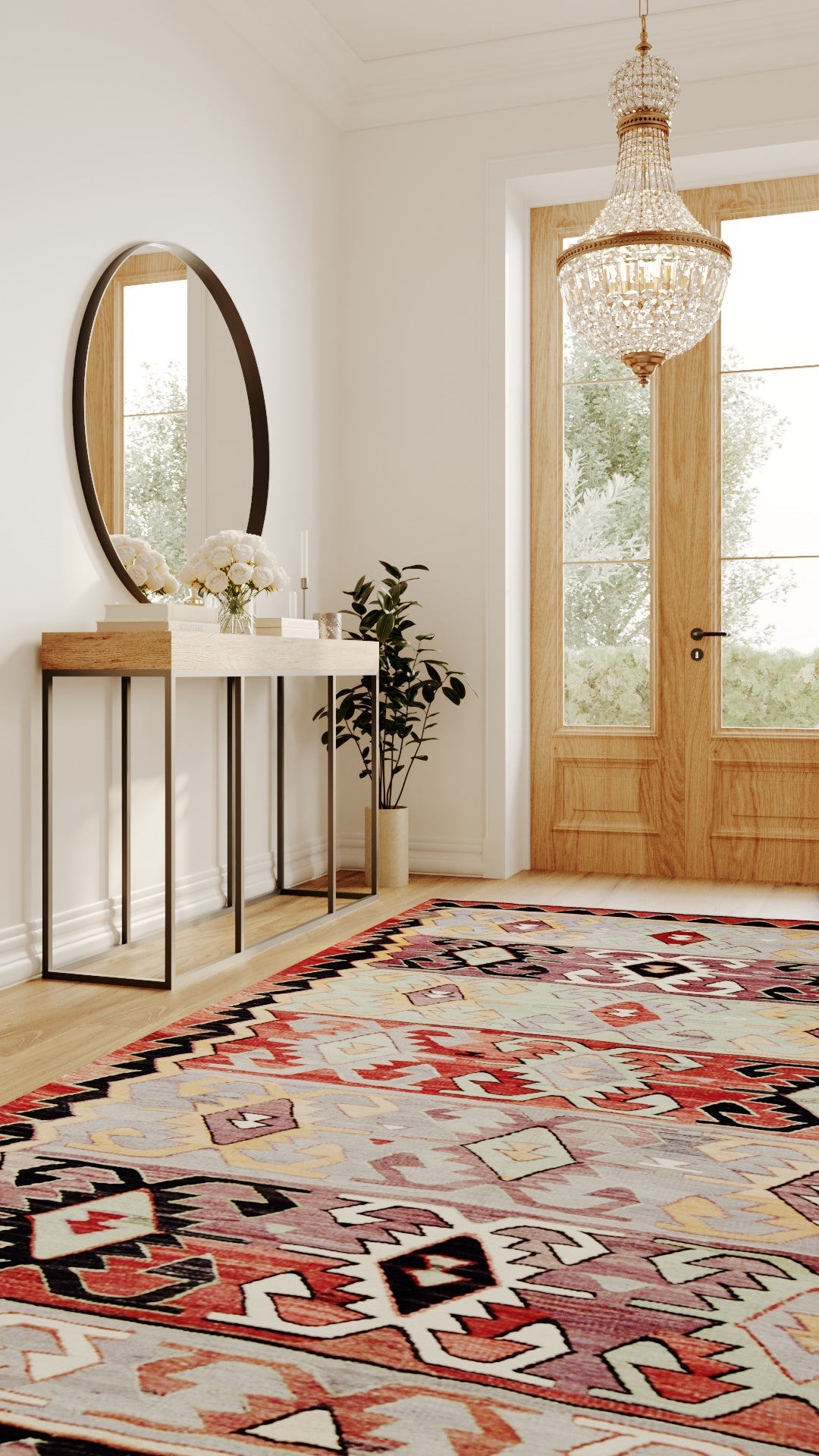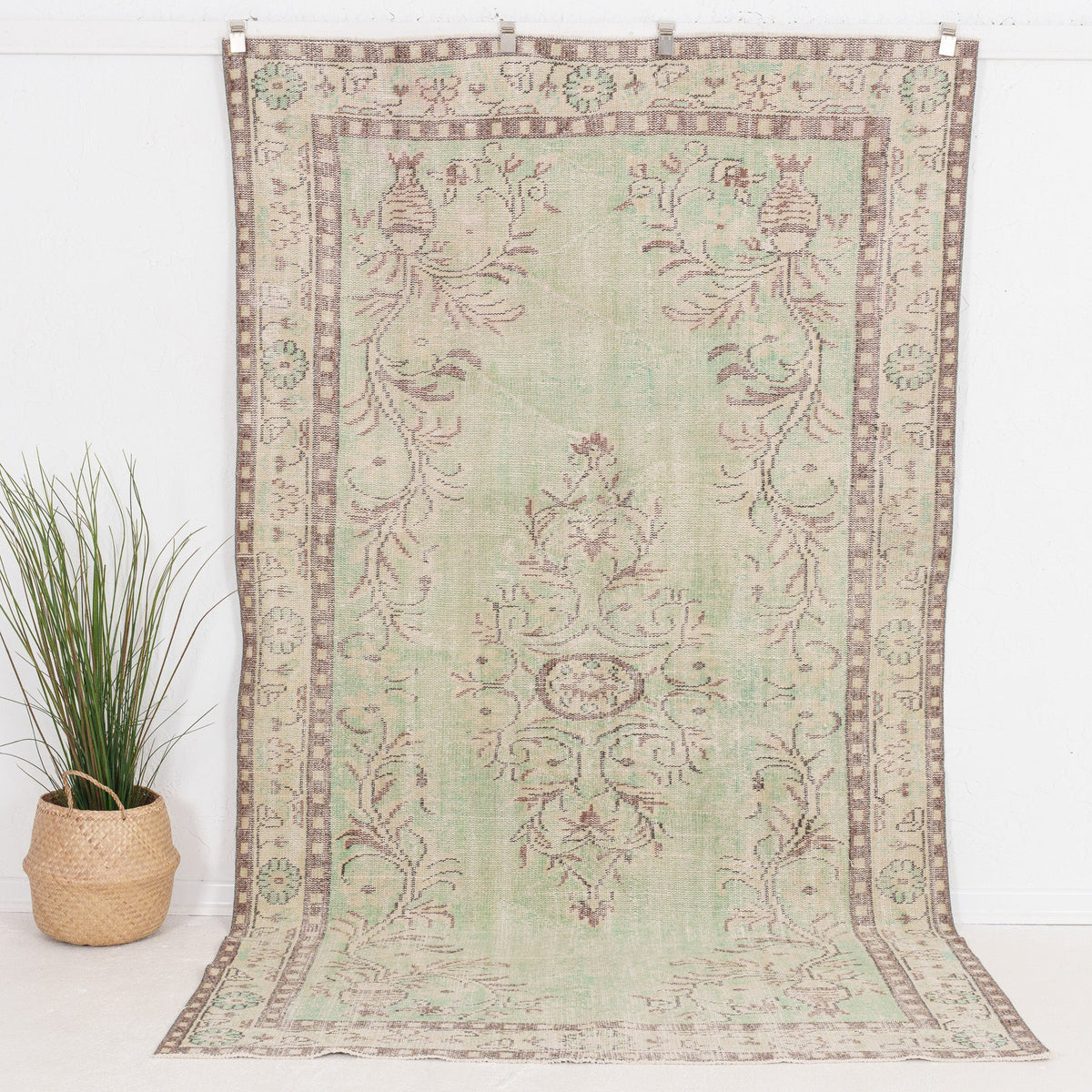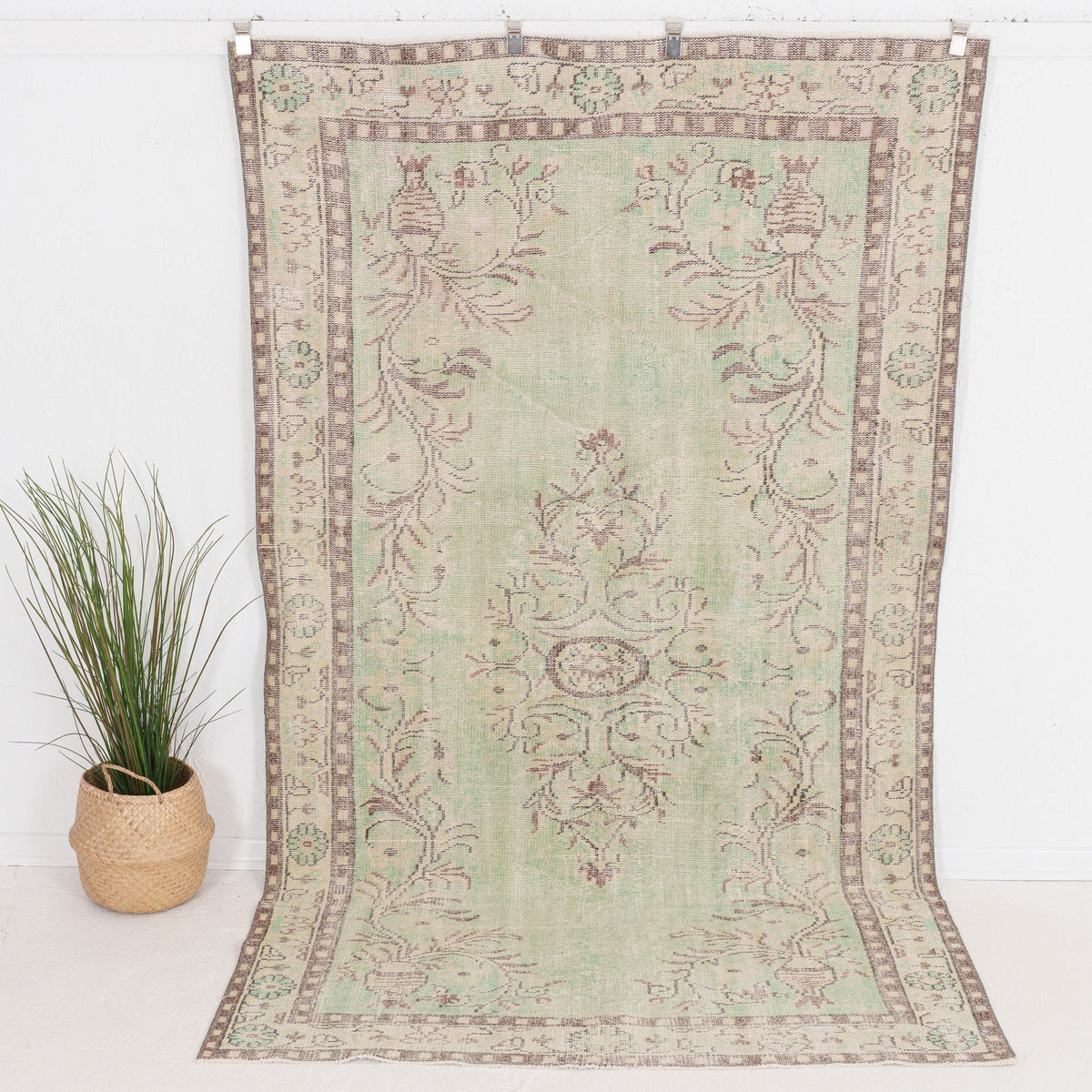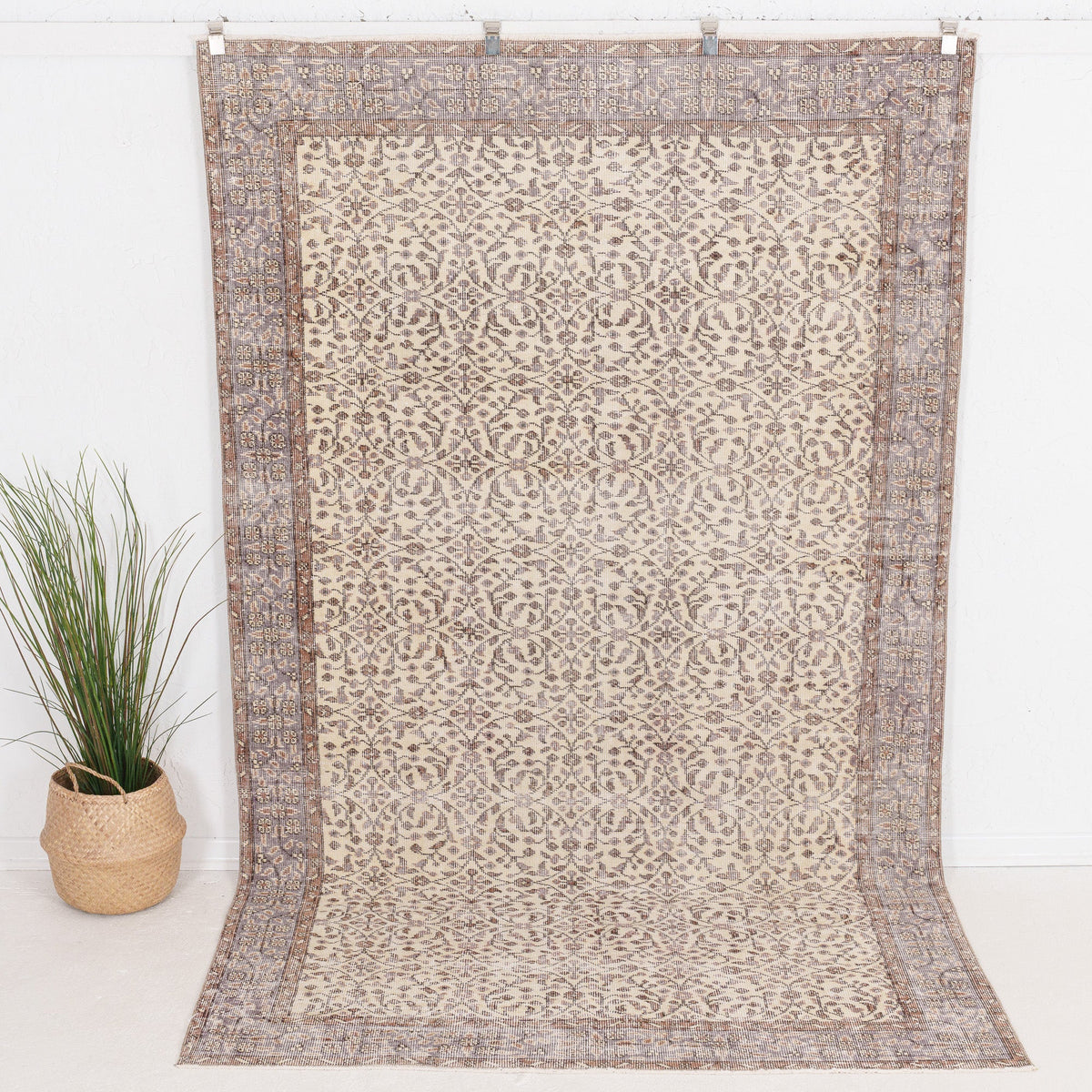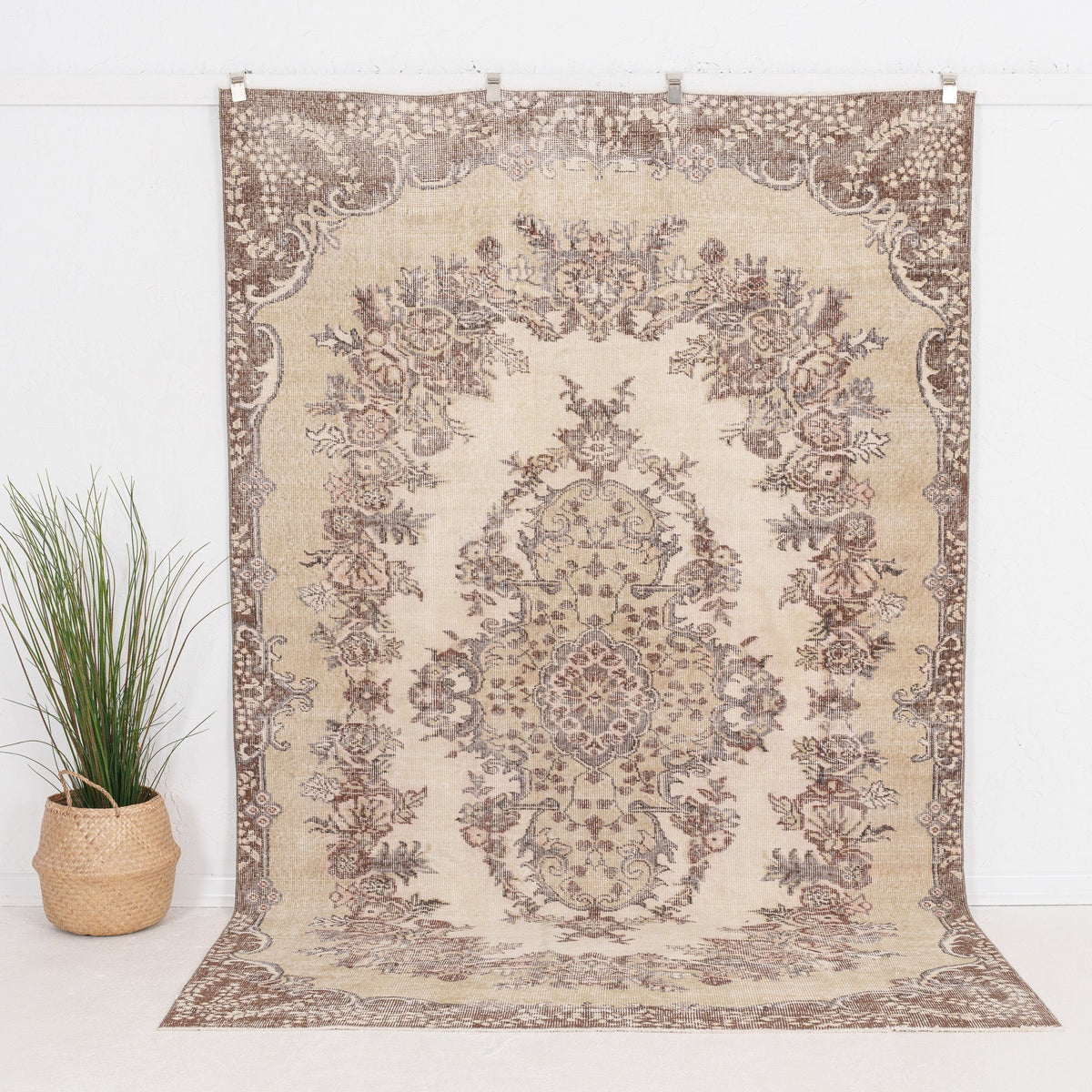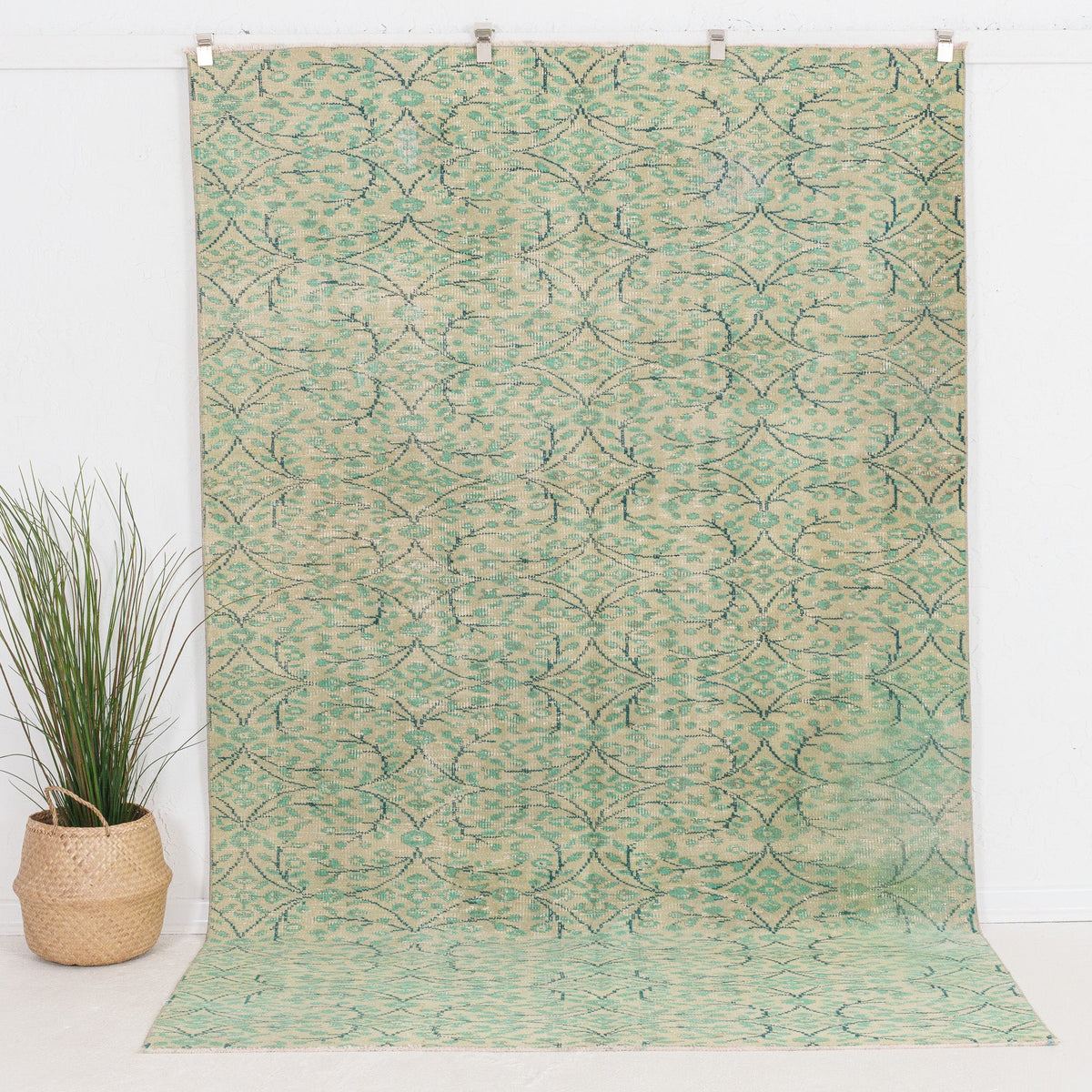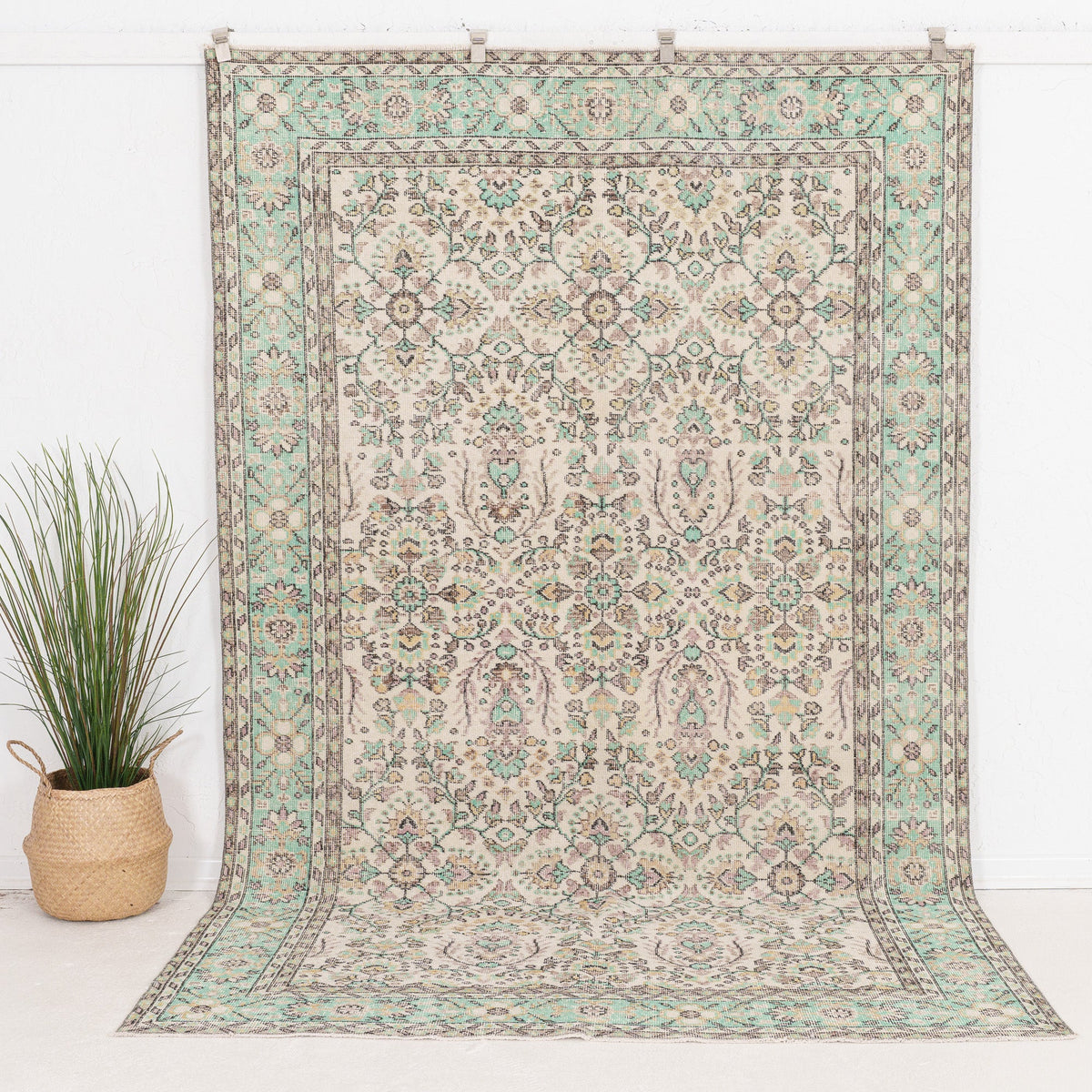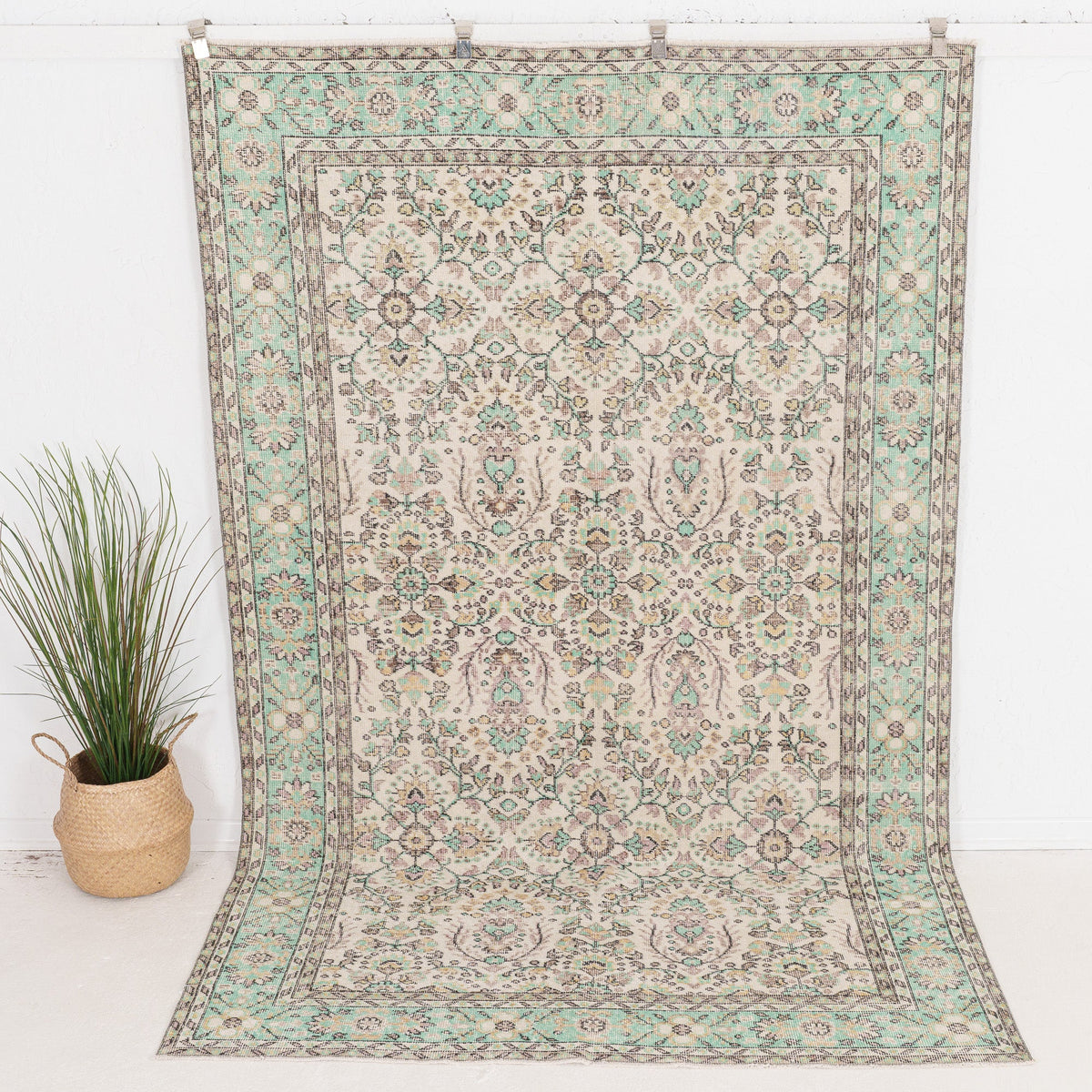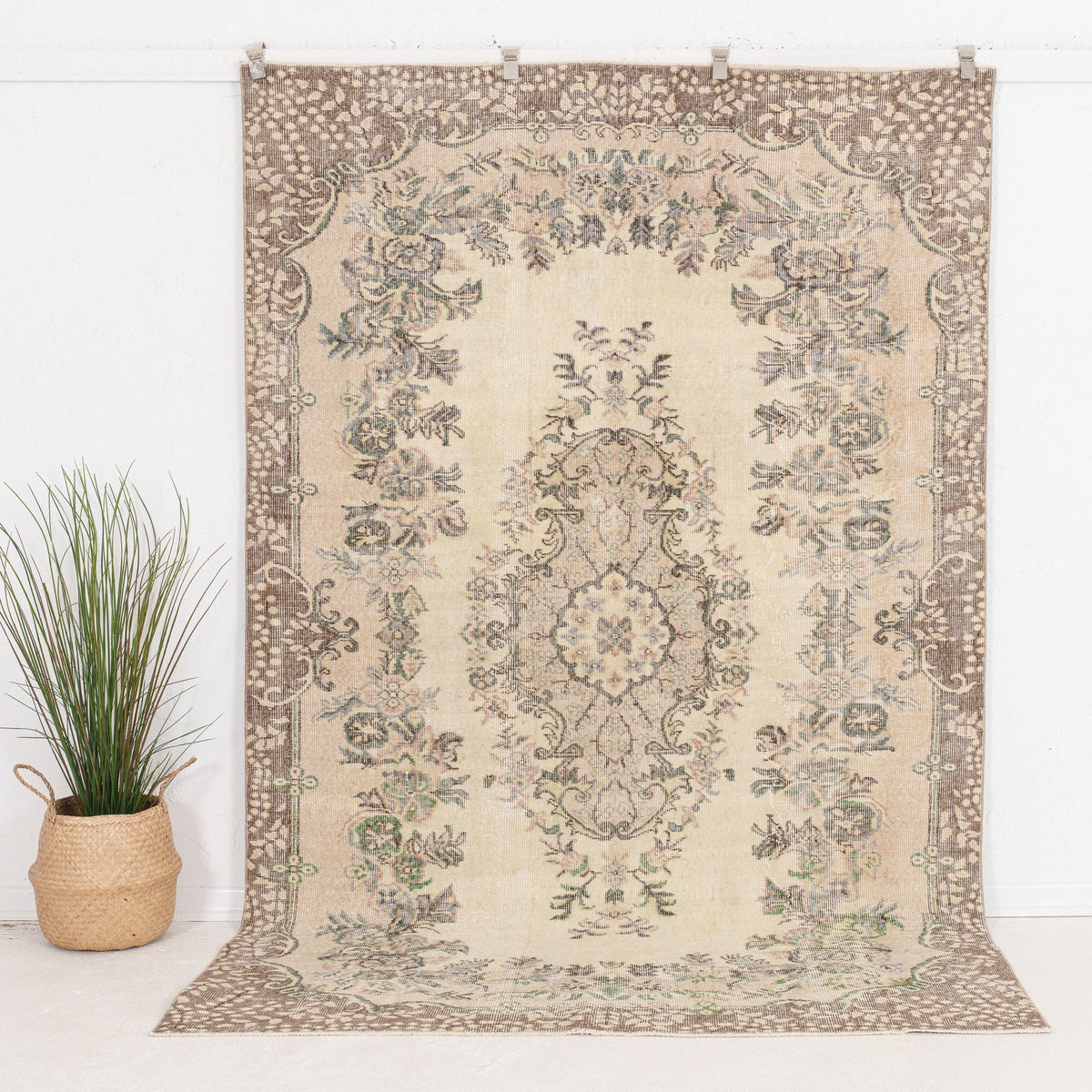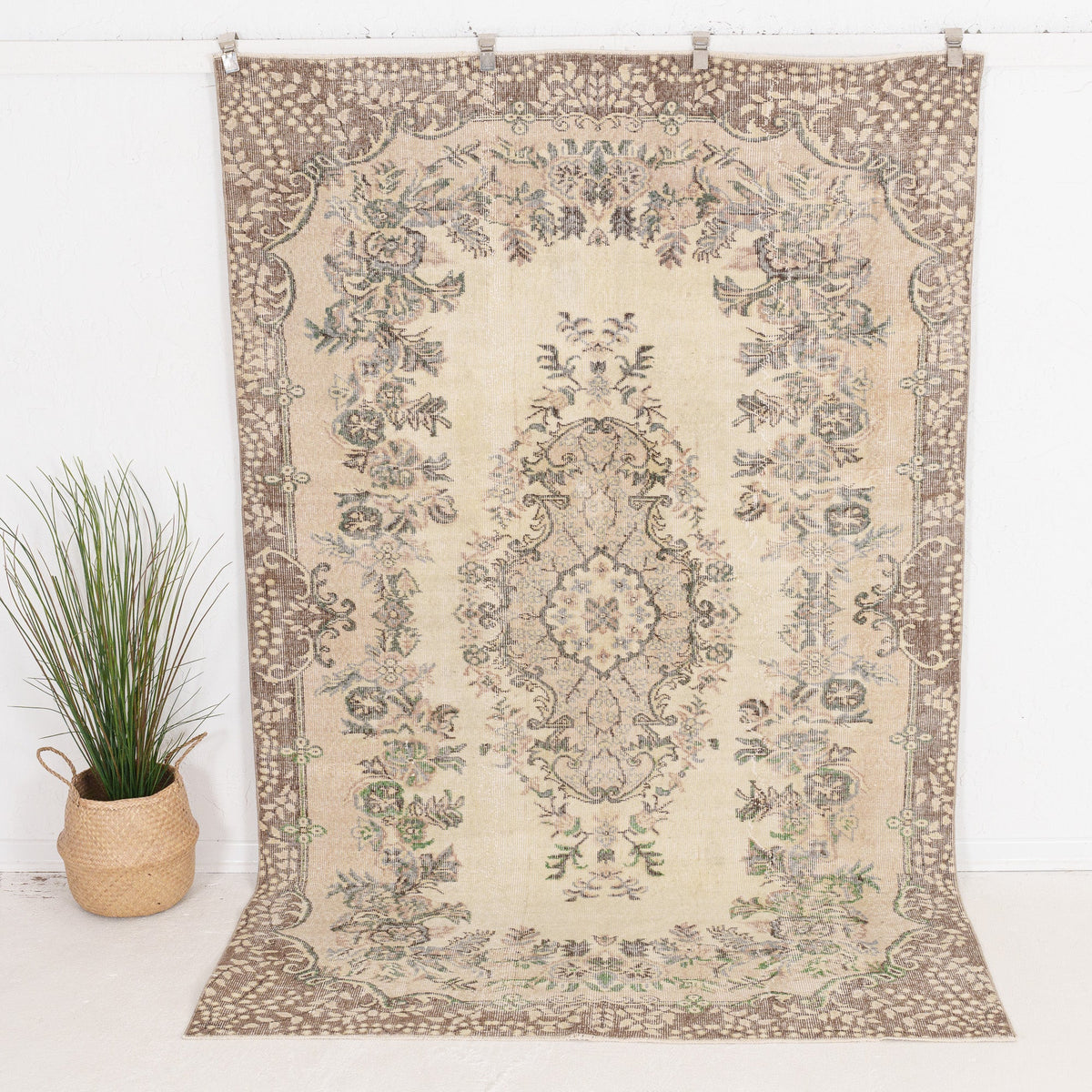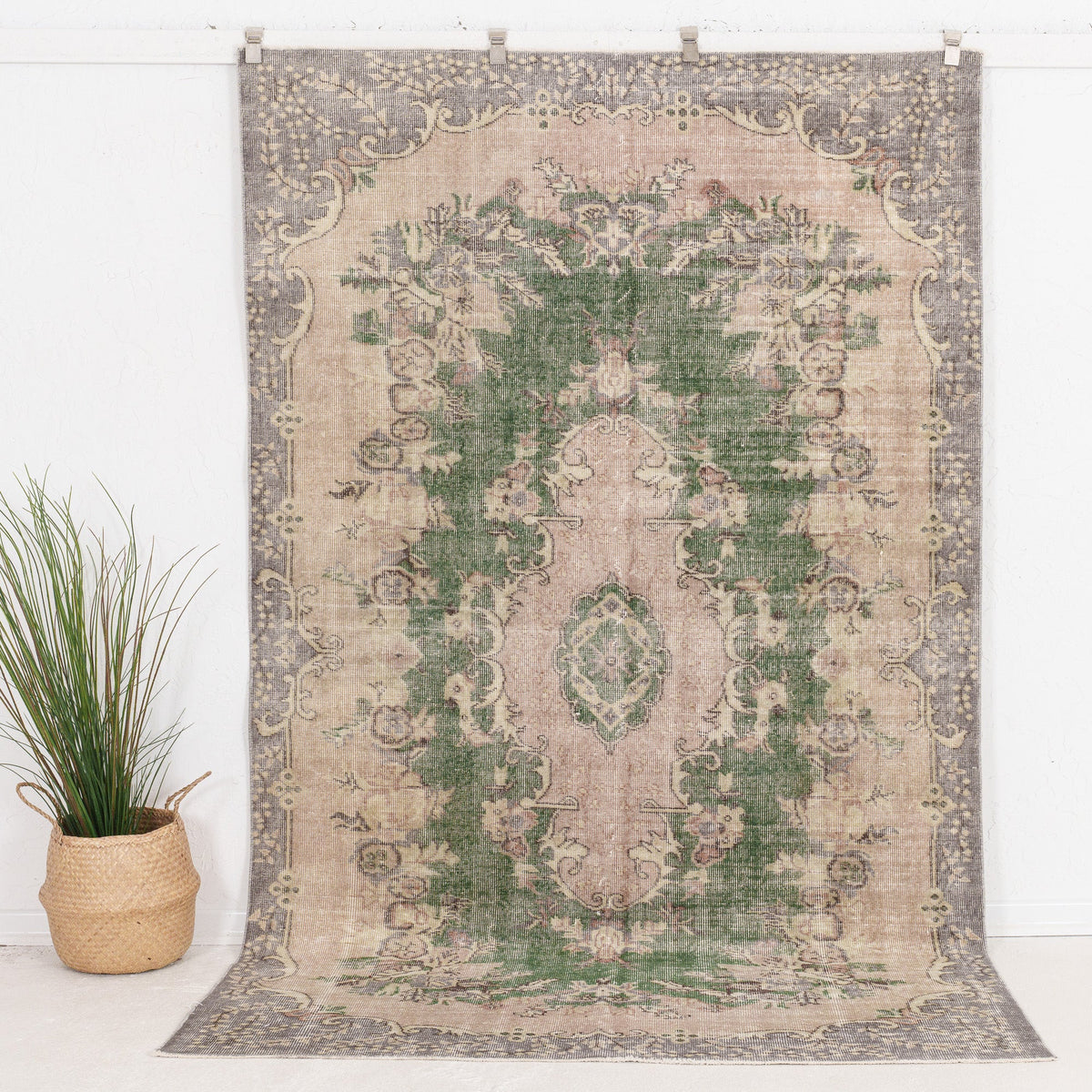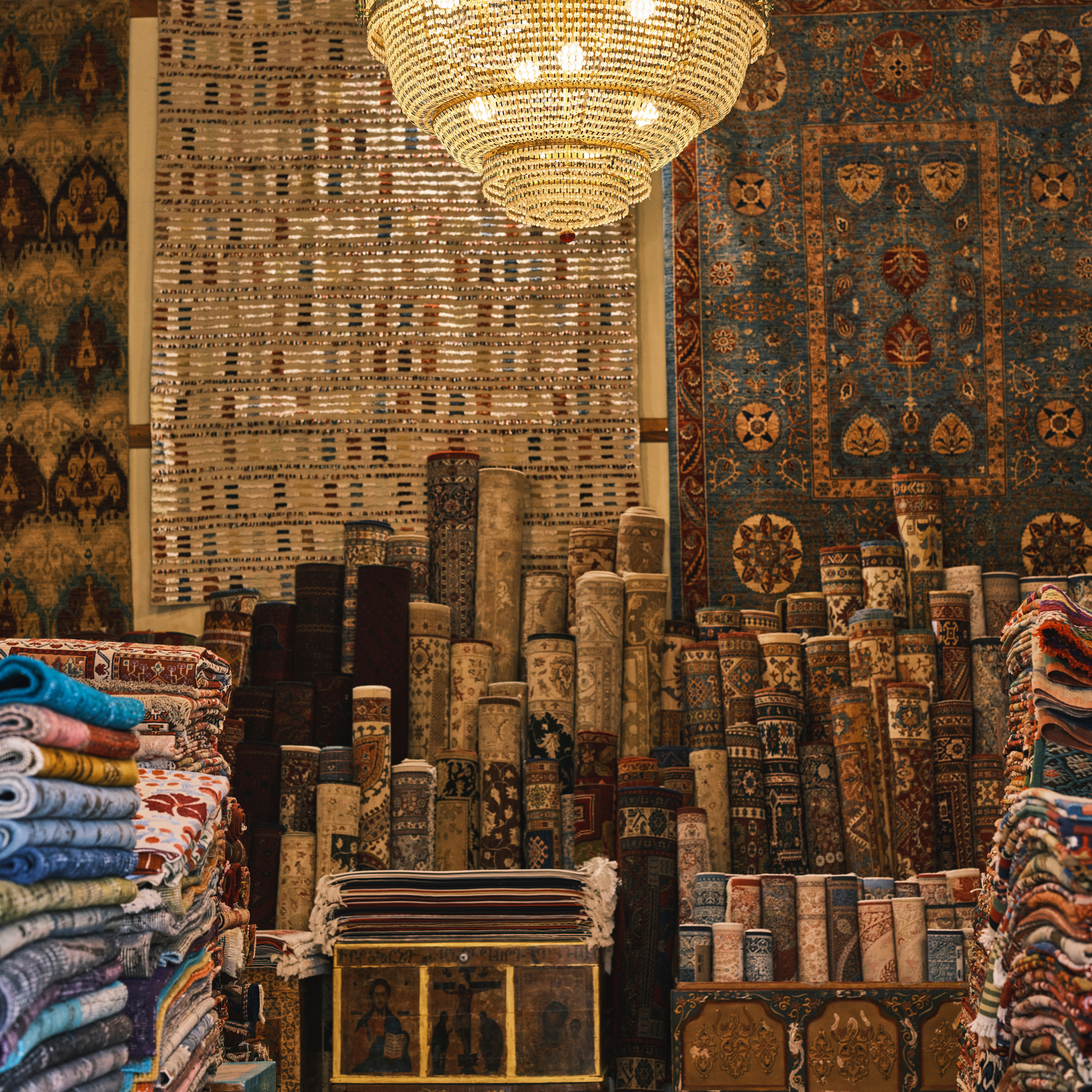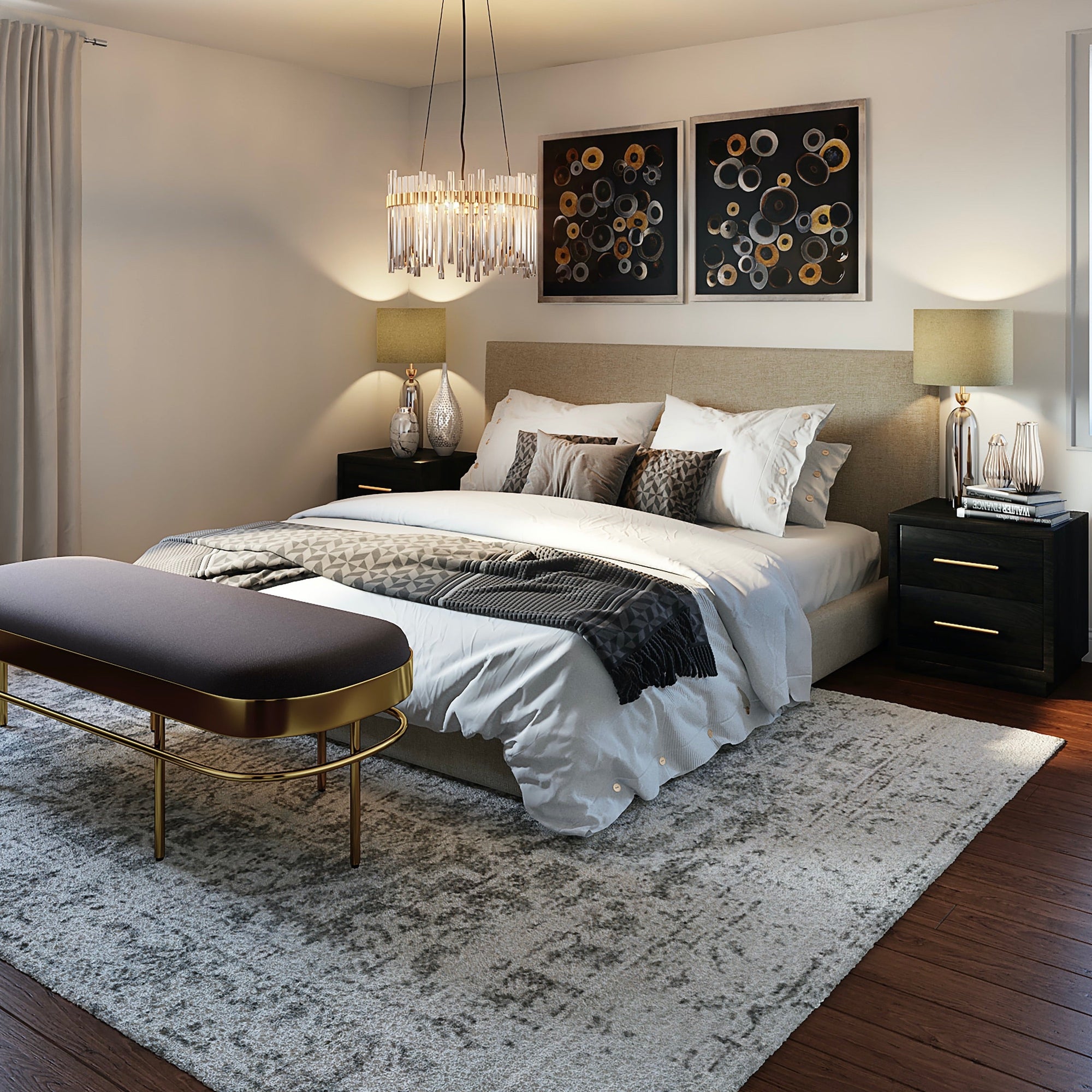Colors have powerful symbolic meanings that can influence human behavior and emotions. The colors used in antique rugs reflect cultural symbols, traditions, and mythologies. This post aims to explore the symbolic meanings of colors used in antique rugs and deepen our understanding of their significance.
In this post we will explore the symbolic meanings of colors used in antique rugs. We'll also look at how these different meanings influenced the design of Persian carpets and Oriental carpets. We'll also see how color schemes were used to create specific moods and feelings within a space, as well as how they were used to make a carpet stand out from its surroundings.

Colors are often associated with certain styles, trends, or periods in history—and with good reason! They're tied very closely to our emotions and experiences; so much so that they can be used as powerful tools when creating an artistic work. For example, if you want your audience to feel calm then pale shades like white or blue might be appropriate for your work; if you want them to feel excited then vibrant shades like red or green would be great choices instead!
Symbolism and Psychology of Colors
Colors have the power to influence our moods, behaviors and perceptions. They can affect how we feel, what we think and even how we perceive the world around us.
As a basic rule of thumb, warm colors inspire positive emotions while cool colors inspire negative ones. For example, red is a warm color that represents love, passion and desire while blue is cool and calming. Orange is a combination of red and yellow which makes it both warm and stimulating.
The meaning of colors also depends on the individual person's associations with them. For example, some people may associate yellow with happiness while others may feel uncomfortable when they see it because it reminds them of sickness or bad luck. The symbolism of colors can also vary depending on where you live in the world: for example, the color pink is associated with femininity in Europe but in Japan it's considered masculine!
In a world where colors are used to evoke emotion and create an emotional response, it's important to know how each color is perceived.
Color meaning:
Red — Passion, love, energy and power; also danger, stop sign and blood; masculine
Orange — Excitement, creativity and stimulation
Yellow — Stimulation, happiness and sunshine; caution (slow down); cowardice or fear; jealousy or envy; caution (slow down); cowardice or fear
Green — Growth, harmony and relaxation; safe haven; money (greenback); tranquility, healing power; envy or jealousy; money (greenback); tranquility, healing power
Blue — Trustworthiness, calmness, depth of character; loyalty; sadness or depression
Purple/Violet — Spiritual energy or spirituality itself; royalty; wisdom, dignity and honor
Pink — Delicate/sweet/feminine characteristics of love, friendship & affection
Symbolism of Colors Used in Antique Rugs
The symbols of colors used in antique rugs have been a subject of controversy over many years. The main reason is that different cultures have used different colors to represent their values and beliefs. For example, red is often associated with blood and passion in Western cultures, but in the East it is connected with love and happiness. Green might be a symbol of justice or purity in one culture, but it can also be associated with wealth or fertility in another culture.
We will look at some of the most common colors used in antique oriental carpets and how they were used by different cultures over time.

Green
Green is one of the most common colors found on antique oriental rugs and has been used for centuries by many different cultures around the world. In fact, green may be one of the oldest colors ever used by humans since it was first identified as an element on Earth by ancient Egyptians around 3000 BC!
The ancient Egyptians believed that green represented life because it was one of the first colors seen when emerging from darkness into light. This association was continued by Christianity who associated green with immortality because it was believed that grass would never die if cut down! This belief can still be seen today when people are buried under green trees or leaves.
Red
In the past, the significance of colors in antique rugs was highly valued. The color red symbolized power and wealth in many cultures. The most popular symbols for red are a dragon, phoenix, and mandarin chicken. These are all represented in some way within antique rug designs.
In the case of oriental carpets, red is often used as an accent color to highlight certain areas of a carpet’s design or pattern. Antique carpets can be found with red at their edges, along borders, or even as an allover design element. Red symbolizes good fortune and prosperity in many cultures. This may explain why so many people have chosen to include this color in their interior design schemes over the years.
The use of red as an accent color has been part of oriental rug designs since antiquity. Today, it still remains one of the most popular colors used in oriental rugs by both manufacturers and consumers alike.
Blue
Blue is a color that symbolizes tranquility and peace. It also represents loyalty, wisdom and truth. It is often used as a background color in floral designs because it enhances the beauty of flowers. The Ardabil Carpet, which is one of the most famous carpets in the world, uses blue as its dominant color. It has been woven since the 17th century and is one of the oldest surviving Persian carpets in existence today.
Blue also symbolizes love and fidelity, which makes it an excellent choice for a wedding rug or any other type of rug used in your home during special events such as birthdays or holidays.
Yellow
The color yellow is associated with the sun, and the sun brings life to everything on earth. Therefore, yellow is used in antique carpets to symbolize happiness, cheerfulness and prosperity.
Weaving a carpet with a yellow color scheme is a good way for you to attract these positive energies into your home. Yellow is also known as the color of creativity and intellect. Therefore, carpets with yellow patterns are also ideal for students who need inspiration while studying or reading books at home.
Yellow was also associated with royalty in the past centuries because it was believed that only kings could afford to use this color in their clothing. Therefore, carpets with yellow designs were often reserved for royalty and high nobles only (such as kings).
This color can be used alone or combined with other colors such as red or green depending on what effect you want your carpet to have on its surroundings (whether masculine or feminine).
Orange
The color orange is often used in antique carpets due to its association with fertility and growth. Orange is also associated with wealth, abundance, and happiness. Orange is often paired with red or other earth tones like brown or yellow because these colors are associated with wealth as well. Antique rugs with orange as one of their main colors are often designed using curvilinear designs and floral patterns such as checkered patterns or floral patterns that include dots or stars around the edges of the design.

Pink
Pink was often used as the dominant color in the design of antique carpets, symbolizing the feminine energy and strength of women. The use of pink in these designs also symbolized a woman's fertility and her role as mother.
In addition to being a symbol of femininity, pink has also played an important role in religion. It is considered sacred by Muslims because it is believed to ward off evil spirits and keep away demons; it is also used for protection against evil eye curses from other people who may envy your wealth or possessions.
Purple
Colors are important in the design and patterning of antique rugs. Purple is often used as a symbol of royalty, wealth, and luxury. The color purple is also believed to have healing properties. In ancient times, purple was made from sea snails that were crushed to create a dye. This type of dye was very expensive and it was only available to the wealthy upper class. Because of this, purple has become associated with wealth and royalty. Purple is also associated with spirituality and mysticism because it was believed that wearing purple would bring wisdom and power.
Antique rugs are generally woven by hand on looms or carpets that are hand-woven by skilled artisans. They can be made from many different materials including silk or wool threads; however, most antique rugs were made from wool fibers because they were more durable than silk threads and could withstand wear-and-tear better over time.
Restoration and Maintenance of Colors in Antique Rugs
Colors in antique rugs can sometimes fade, discolor or change due to a number of factors. One of the most important factors is the exposure to light. The amount of light that comes into contact with the rug will have an impact on how much fading occurs on the rug. The amount of sunlight that reaches the rug will depend on where it is located and if there are any windows near it or not. If there are no windows near where the rug is located then it will be subjected to less sunlight than if there were windows nearby.
Another reason why colors may change over time is because they may have been applied incorrectly by someone who was inexperienced at doing so during restoration efforts. This can lead to darkening or bleaching out depending on what color was used originally when applying paint over old ones which could cause them to look washed out or faded compared to their original appearance before being painted over with new ones instead; especially if they were painted over with lighter shades instead of darker ones initially like reds; oranges; yellows etcetera instead!
As you know, antique rugs are often in dire need of color restoration and maintenance. As a result, people often buy them for their investment value, but then don’t know how to care for them.
But there are some important things to keep in mind when caring for your rug and restoring its colors. First, don’t use water on your rug. Water can damage the natural fibers and cause them to break down over time. Instead, look for a product that is specifically formulated to clean your rug without using water.

Second, always use a soft brush or vacuum when cleaning your rug because these tools will not harm the fibers. If you do use a vacuum with brushes attached, make sure they are soft brushes that won’t scratch or tear at the fibers of your rug.
Finally, remember that it is possible to restore antique rugs without damaging their value as investments. However, if you have any doubt about whether or not you should restore an antique rug yourself or hire professionals instead then it may be best just leave it alone!
When it comes to antique rugs, maintaining the colors of these treasures is just as important as maintaining their integrity. The symbolic meanings of color in antique rugs are not just for decoration—they are part of the cultural and historical significance of these works.
By understanding the meaning behind the colors in your antique rug, you can better care for it and preserve its historical value. This will help pass on your family's history and culture to future generations.

